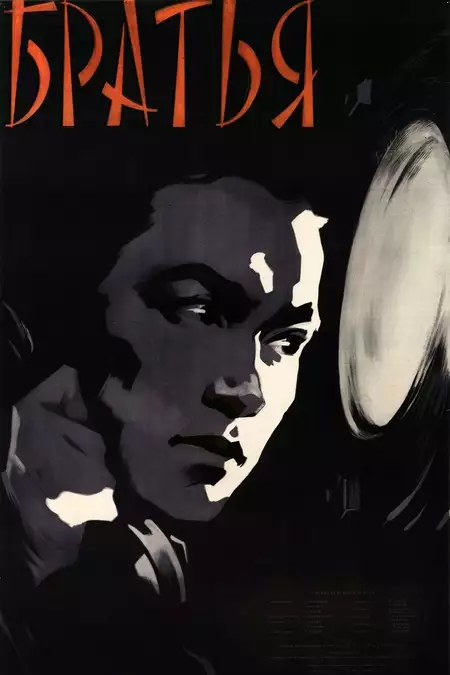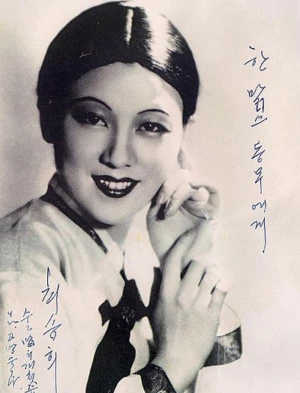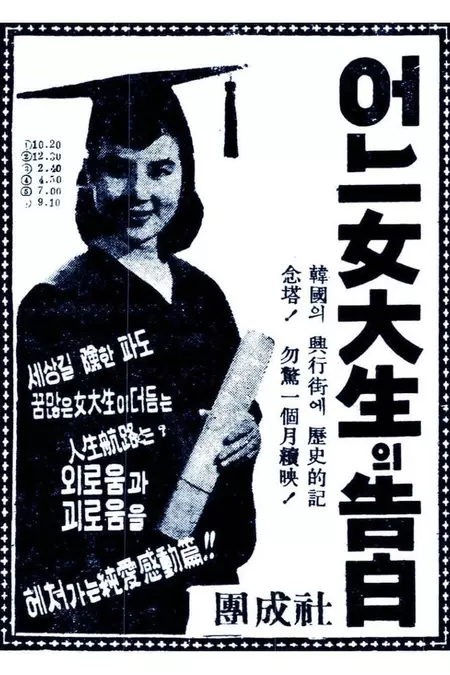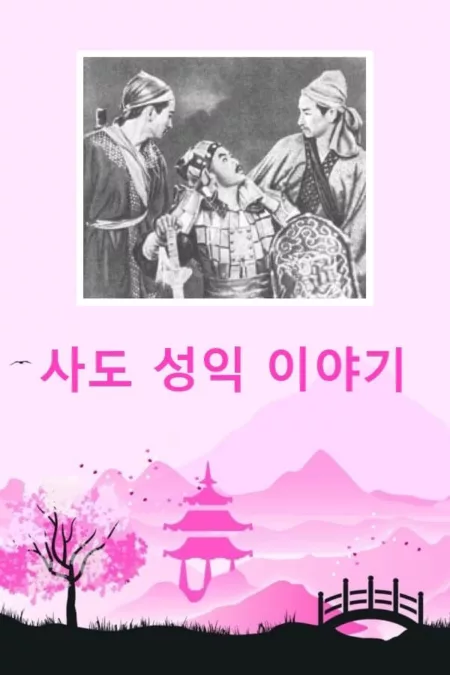Biography
(No Information)
Filmography
all 3
Movies 3
Mother of brothers

Brothers (1957)
Movie
Information
Known ForWriting
GenderFemale
Birthday1911-11-24
Deathday1969-08-08 (57 years old)
Birth PlaceSeoul, South Korea
CitizenshipsKorea under Japanese rule
Also Known As최승희, Чхве Сын Xи, Цой Сын Хи, Choi Seung-Hee , Seunghee Choi, Цой Сын-хи, Сын-хи Цой, Сын-хи Чхве, Syn-khi Tsoy
This article uses material from Wikipedia.
Last updated:
 Seung-Hee Choi
Seung-Hee Choi- Filmography
- Information

